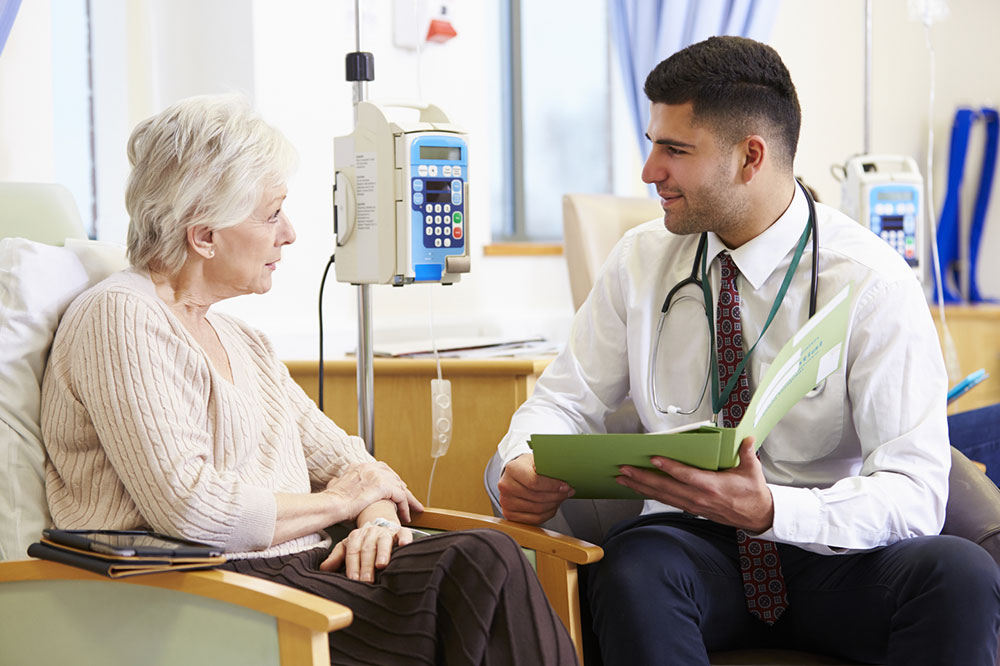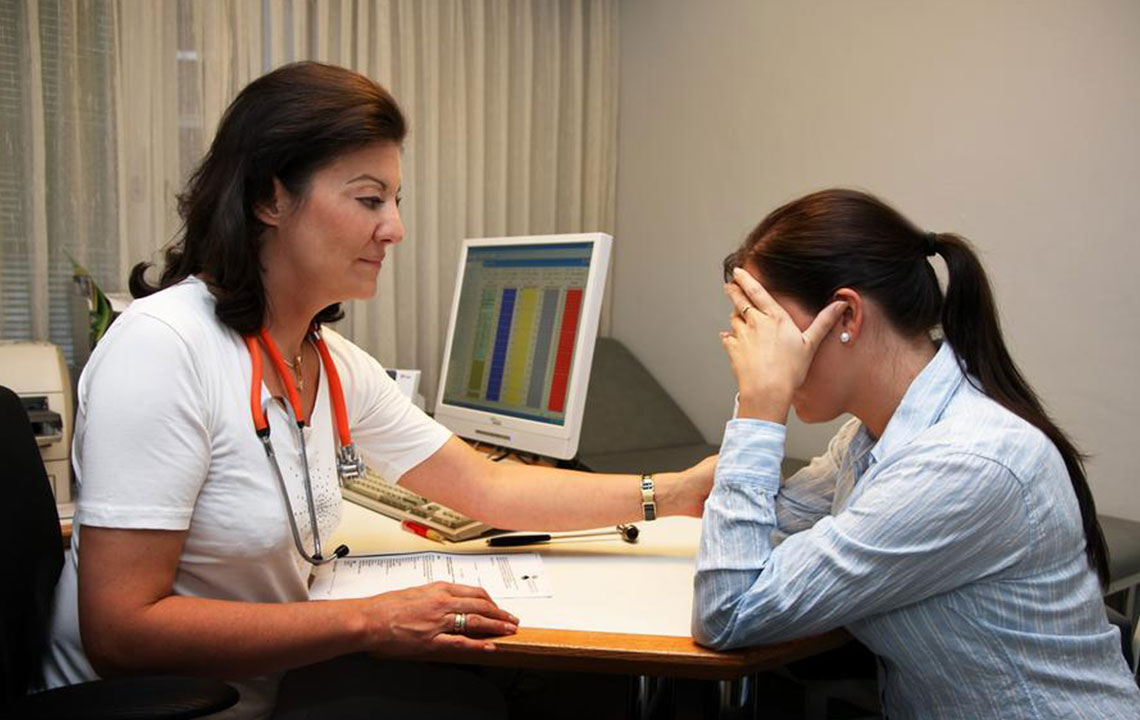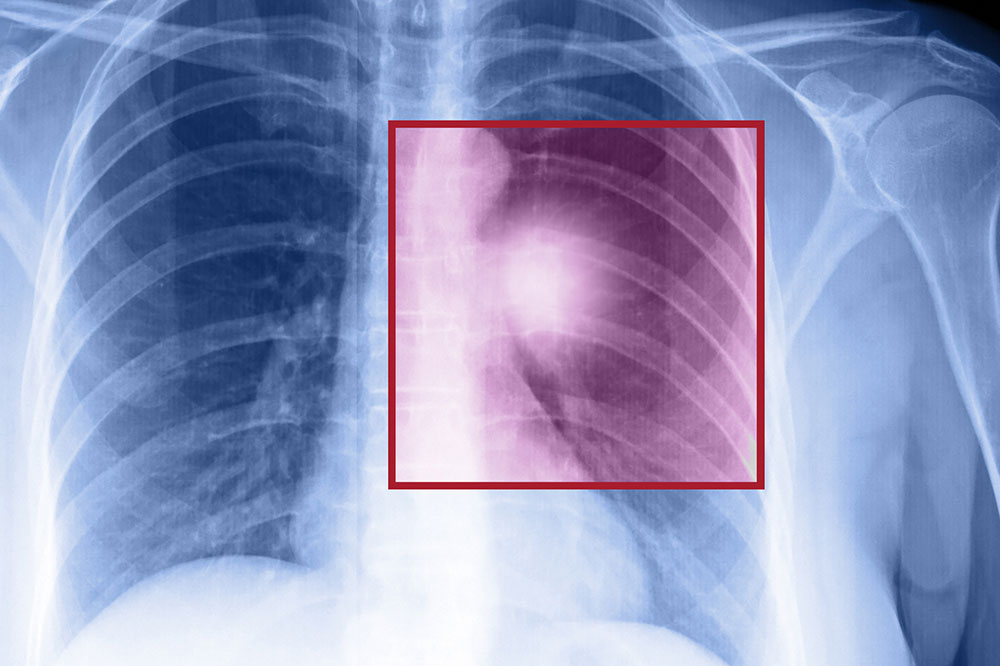A Comprehensive Guide to Understanding Cancer: Causes, Symptoms, and Advancements in Detection and Treatment
This comprehensive guide explains cancer in detail, covering its causes, symptoms, risk factors, and the latest advancements in detection and treatment. Early detection and lifestyle changes are emphasized to improve prognosis and patient outcomes, making it a valuable resource for understanding this complex disease.

Cancer remains one of the most formidable health challenges faced by humanity today. It is a complex group of diseases characterized primarily by unchecked growth and spread of abnormal cells within the body. These cells, often termed malignant or cancer cells, deviate from normal cellular functions and proliferate uncontrollably, leading to the formation of tumors, invasion of healthy tissues, and potential disruption of vital organ functions. Understanding cancer requires an exploration of its types, underlying causes, symptoms, risk factors, and the advances made in detection and treatment. This comprehensive guide aims to shed light on these critical aspects to foster awareness and promote early intervention.
What Is Cancer?
Cancer constitutes a broad category of diseases that originate from cells undergoing genetic mutations. These genetic alterations disrupt the normal regulation of cell growth, division, and death. Under standard conditions, cells grow, divide, and die in a regulated manner, maintaining healthy tissue integrity. However, in cancerous cells, this regulation is lost, resulting in rapid and uncontrolled proliferation.
Types and Characteristics of Cancer
Cancers are classified based on the cell type they originate from and their location in the body. The two main types are solid tumors (such as breast, lung, prostate, and colon cancers) and blood cancers (like leukemia, lymphoma, and myeloma). Some cancers grow swiftly, forming palpable tumors, while others, such as leukemia, involve abnormal proliferation of white blood cells without forming solid masses. Despite their differences, all cancers share the hallmark of abnormal cell division.
The Development and Spread of Cancer Cells
Malignant cells can invade nearby tissues, spreading through a process called metastasis. When cancer cells break away from the primary tumor, travel via blood or lymphatic vessels, and establish new tumors elsewhere, the disease becomes more difficult to treat. This ability to metastasize underscores the importance of early detection and intervention.
Causes and Risk Factors
Cancer arises from genetic mutations that can be inherited or acquired over a lifetime. Various factors contribute to these mutations, including:
**Genetic predisposition:** Some individuals carry inherited mutations that increase their susceptibility to specific cancers.
**Lifestyle choices:** Smoking, excessive alcohol consumption, poor diet, and lack of physical activity significantly raise cancer risk.
**Environmental exposures:** Radiation, certain chemicals, and carcinogens in the workplace or environment can induce genetic mutations.
**Infections:** Viral infections like HPV, hepatitis B and C, and Epstein-Barr virus are associated with certain cancers.
**Age:** The risk increases with age, with most diagnoses occurring in individuals over 65 years old.
**Hormonal influences and inflammation:** Hormonal imbalances and chronic inflammation can promote carcinogenesis.
Understanding these factors helps in risk assessment and preventive measures.Symptoms and Signs of Cancer
Early detection is crucial for effective treatment. Common symptoms vary depending on the cancer type and location but generally include:
Persistent fatigue and weakness
Unexplained weight loss or gain
Skin changes, such as discoloration or new growths
Unusual bleeding or discharge
A persistent cough or hoarseness
Difficulty swallowing or persistent indigestion
Bald patches or unusual skin discoloration
It’s important to recognize these signs and seek medical attention promptly, as early diagnosis significantly improves prognosis.Screening and Early Detection
Regular health check-ups and screening tests play a vital role in identifying cancers at an early stage. Tests such as mammograms, Pap smears, colonoscopies, and blood tests can detect abnormalities before symptoms manifest. Personalized screening schedules based on age, gender, and risk factors enhance early diagnosis and improve treatment outcomes.
Advancements in Cancer Detection and Treatment
The fight against cancer has seen significant advancements. Modern diagnostic tools include imaging techniques like MRI, CT scans, PET scans, and molecular testing, which help in precise tumor localization and characterizations. Targeted therapies, immunotherapy, and personalized medicine are revolutionizing treatment, offering hope for more effective and less invasive options. Moreover, early clinical trials and innovative therapies continue to improve survival rates and quality of life for cancer patients.
Preventive Measures and Lifestyle Recommendations
While not all cancers are preventable, many can be avoided through lifestyle modifications. Quitting smoking, maintaining a healthy weight, regular physical activity, balanced diet rich in fruits and vegetables, limiting alcohol consumption, and protecting against environmental carcinogens can reduce risk. Vaccinations against viruses like HPV and hepatitis B are proven preventive measures. Regular screenings and medical consultations are essential, especially for individuals with a family history of cancer.
Conclusion
Cancer remains a complex and multifaceted disease, but ongoing research, improved diagnostic methods, and effective treatments continue to transform outcomes. Awareness of risk factors, early detection, and lifestyle changes are key components in reducing the incidence and improving survival rates of cancer. Public education and proactive healthcare initiatives are vital in the global effort to combat this disease and save millions of lives worldwide.





